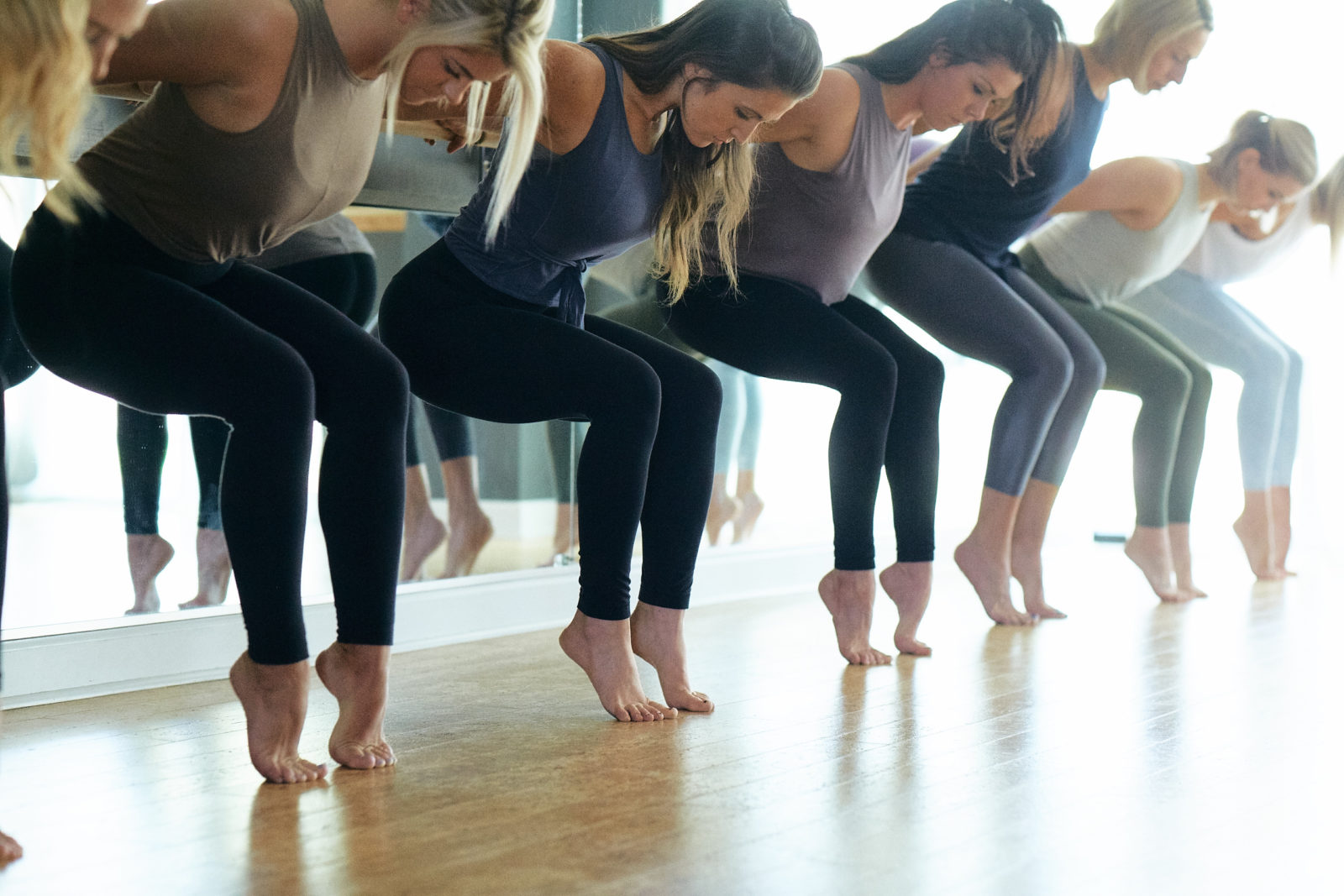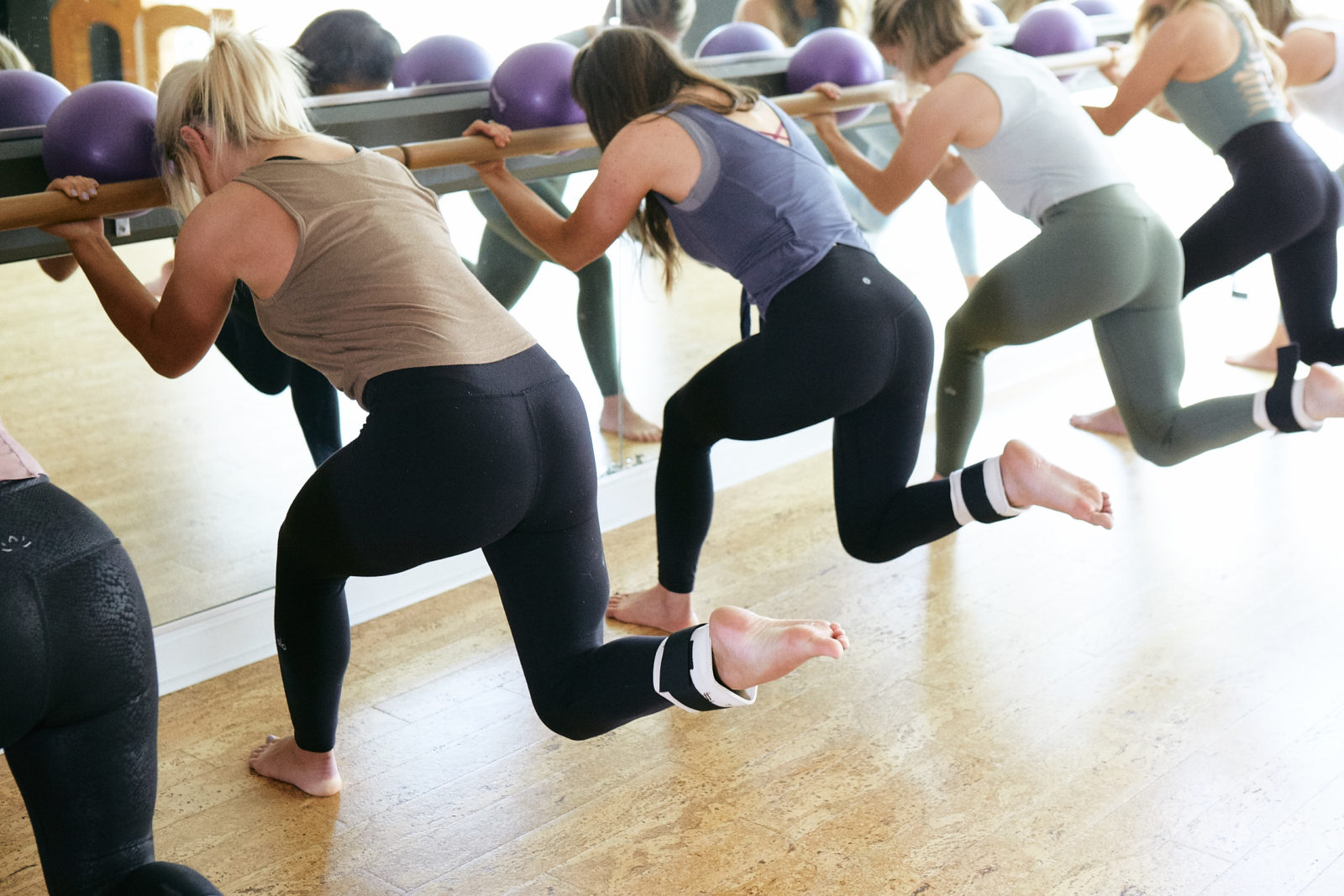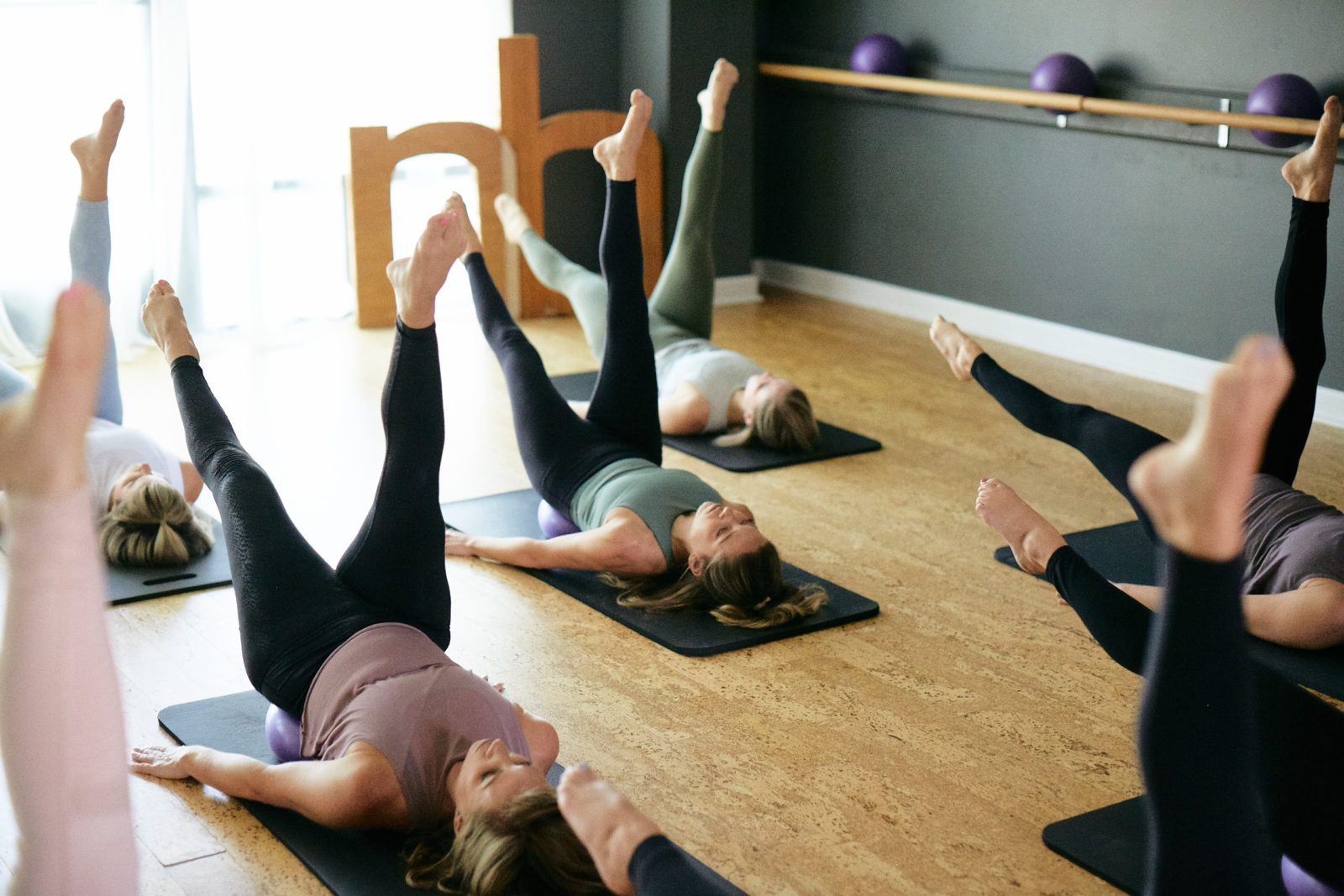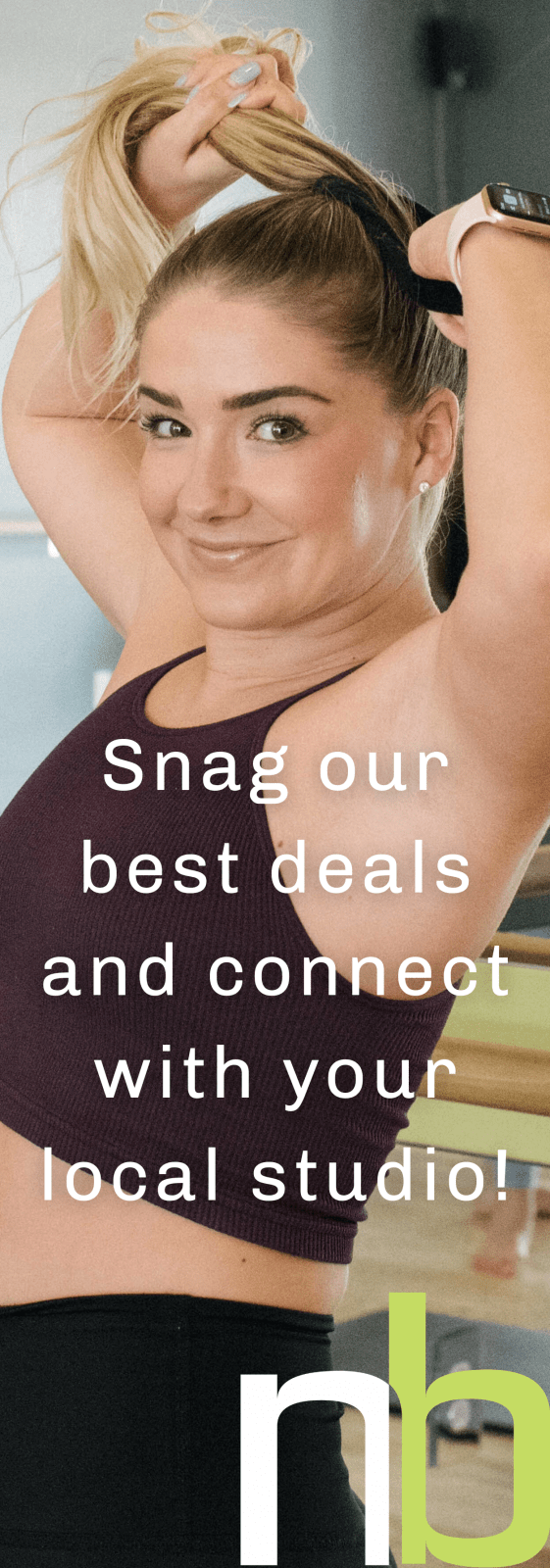Here's How We Deliver An Authentic Barre Class
Barre has exploded onto the fitness scene in the past 10 years, and for good reason. It delivers a low-impact workout that whittles your waist, tightens your glutes, and sculpts toned arms and thighs. But with so many barre classes popping up in new places, like Pilates and Yoga-based studios and big box gyms – is it all the same thing? And even within the barre-based studio realm, there are so many different choices. So how do our classes measure up?
The original barre concept was created by professional German ballerina, Lotte Berk, in London in the ’60s. Berk said barre should be “a mélange of strength-training, dance, orthopedic back exercises, and Hatha yoga all rolled into an intense, hour-long mind-body workout to driving rhythms followed by an inspirational cool down.”
Lotte gained a cult-like following for her classes by being meticulous about form, pace, positioning and isometric technique, to craft her own method of what we now refer to as barre.
Here’s how Neighborhood Barre delivers on an authentic barre experience.

The Technique: The Lotte Burke method is built upon the foundation of isometric exercise. Isometric exercises are performed through contractions of a particular muscle or muscle group. During isometric exercises, the muscle doesn’t noticeably change length and the affected joint doesn’t move. This means to the naked eye, it may not appear like much is going on. You want to keep your focus on an exclusive, primary muscle (like your quad, or bicep) to make your body move. It’s almost like thinking about movement in reverse. The movement is the effect, versus cause. (The muscle contraction is the cause, the arm extending out another inch is the effect, in barre. In traditional thinking, you would lift your arm, to engage your muscles.)
The movement has no momentum, which would mean you’re using other parts of your body at the same time (which you should not do in classic barre). It should also feel tight and heavy the entire lifespan of the exercise if you’re keeping the primary muscle engaged, not allowing it to relax. The exercise should begin in a challenging position, as endurance through holding that position are key to muscle fatigue. Through high reps you will continually contract the muscle until it exhausts. You know your muscle has reached, or surpassed, fatigue when it shakes, like a muscle spasm. The order of the exercises is also key. To build upon endurance and maximize muscle fatigue, barre exercises should be performed in sequence, as a progressive overload protocol. This means you’re performing exercises back-to-back-to-back that target the same muscle group.

Positioning and Form: If your barre instructor never engages with you during class, this is a red flag. There should be verbal, visual, and physical instruction provided throughout your workout. You shouldn’t take a class and 1) feel lost or unsure if you’re doing it right and 2) feel like you only have one option to complete an exercise. No one delivers more instruction, and education, to a client during a barre class than Neighborhood Barre. We talk. A lot. But it is fundamental to our teaching style and how we educate our clients, within every exercise.
We want you to feel empowered within your body, and the best way to know yourself within an exercise is to become more body aware, through learning about what your body is and is not capable of. This can be achieved through physical practice, but can also be learned verbally. You should be given choices and signals to know when you may need to make an adjustment within an exercise. We don’t want you to wake up the next day and ‘listen to your body’ 24 hours later, via a signal from a pulled muscle, versus being empowered in that moment to modify. Our instructors undergo a minimum of 75 hours for their initial training, are required to attend classes ongoing to stay in-tune with the client experience, and attend ongoing training typically biannually.

The Pace of Class: Despite its origin in the ballet world, barre doesn’t incorporate dance, nor does it include cardio. There is nothing wrong with choreography-based or high-impact classes, but it is not truly the Lotte Burke barre method. Classic barre is about strengthening muscles through isometric-based movements and holds, followed by guided stretches. A real barre class maximizes flexibility, as well as your body’s endurance and strength. A real barre class will serve you well in the short-term and the long haul, as it honors your body and meets you where you are, throughout all seasons of life, and in your day-to-day.
The best way to describe barre is that it’s not about what you may look like, but how you feel. How should you feel? Like your muscles are burning, they might even physically shake, coupled with an unshakeable awareness of your body’s function by engaging your mind while you exercise. In fact, try taking a few moments during your next class to close your eyes – to really connect the movement, or sensation, with your muscle. Yes, there are mirrors around the form to spot-check your posture, but barre should be about sensing your own inner strength, and pushing past what you mentally think your muscles can handle and your body meeting you there, and likely surprising yourself along the way. We love giving you the best ‘bang’ for your buck (and body) by honoring the Lotte Burke method, and delivering on a truly authentic barre experience. Come experience the Neighborhood Barre difference with us!


